1958
IBM7090
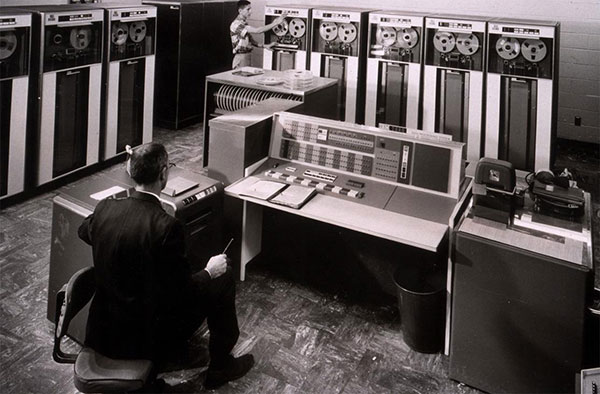
IBM lanceert de 7090 computer. In november 1959 wordt de eerste daadwerkelijk geïnstalleerd. Hij kost in die tijd ongeveer 2,9 miljoen dollar en is ook te huur voor 63,5 duizend dollar per maand.Componist Iannis Xenakis gebruikt de computer bij het maken van zijn compositie Morsima-Amorsima.
Wereldtentoonstelling Brussel

Wereldtentoonstelling in Brussel van 17 april tot 19 oktober. In opdracht van het Eindhovense elektronicabedrijf Philips ontwerpt Le Corbusier een paviljoen. Edgar Varèse schrijft daarvoor, op dwingende voorspraak van Le Corbusier, zijn Poème Électronique. Hj verbleef hiervoor enkele maanden in een Eindhovens arbeidershuisje in de wijk Strijp in Eindhoven en werkte -volstrekt onopgemerkt door de Nederlandse muziekwereld- in de elektronische muziekstudio van Philips, een afdeling van het NatLab. Iannis Xenakis schrijft de muziek die gedraaid werd bij het binnengaan van dit 'Gesammtkunstwerk' in het paviljoen, met de titel 'Concret P-H'. In grote lijnen was hij daarmee eind 1956 gereed. Het paviljoen werd na de tentoonstelling afgebroken. Alleen het kleine object, op de foto rechtsonder, dat de entree markeerde, bleef behouden en staat tegenwoordig op de campus van de Technische Universiteit van Eindhoven. Een minder bekend gegeven: Iannis Xenakis is de eigenlijk ontwerper van het paviljoen. Een en ander leidde tot een conflict met chef de bureau Le Corbusier.
achtergrond: 1956 Octobre : il [Xenakis] commence à concevoir les plans du Pavillon que la firme Philips a commandé à Le Corbusier pour l’Exposition universelle de Bruxelles en 1958, et pour lequel celui-ci avait simplement jeté l’idée d’une « structure creuse de forme libre ». À l’intérieur, des projections d’images et de lumières et une oeuvre électroacoustique spatialisée seraient proposées aux spectateurs. Le Corbusier avait d’ailleurs imposé Varèse à Philips pour la réalisation de ce Poème électronique. C’était une occasion unique pour moi d’imaginer un édifice constitué, dans sa structure et dans sa forme, seulement par des paraboloïdes hyperboliques (P. H.) et par des conoïdes et qui soit autoportant. » Iannis Xenakis, Musique Architecture, Casterman, 1976, p. 13 Pour la première fois, Xenakis entre en conflit avec Le Corbusier qui refuse de lui reconnaître la paternité de ce Pavillon qu’il a pourtant entièrement conçu. Le Corbusier acceptera finalement une cosignature de l’ouvrage.
Ornette Coleman: Something Else!!!!
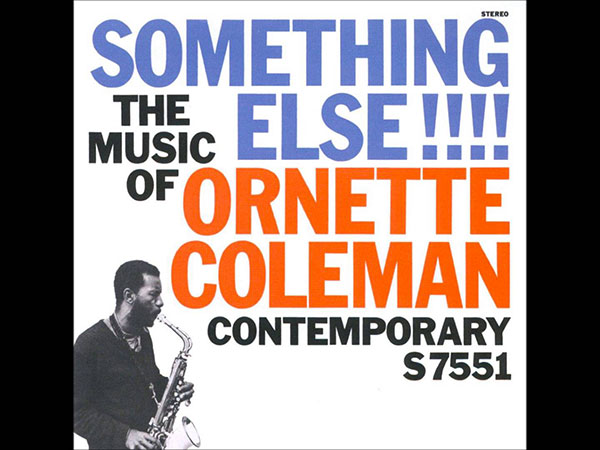
Ornette Coleman [Fort Worth, Texas, 9 maart 1930] brengt Something Else!!!! uit. Medewerkers: Ornette Coleman – alto saxophone, Don Cherry – trumpet, Walter Norris – piano, Don Payne – double bass, Billy Higgins – drums, Lester Koenig – producer en Roy DuNann – engineer
Prince

Geboren in Minneapolis, Minnesota op7 juni 1958: Prince Rogers Nelson, beter bekend onder zijn artiestennamen Prince en TAFKAP [The Artist Formerly Known As Prince, jawel].
Dutch Cuisine: The Frikandel
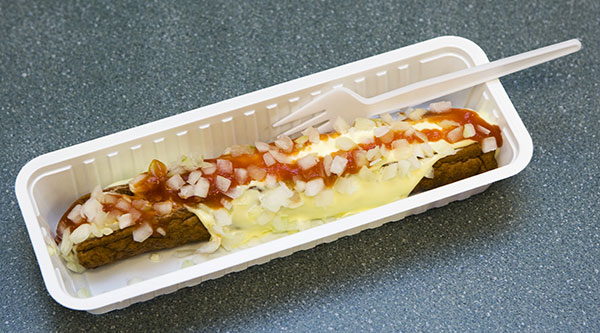
Butcherson Jan Bekkers* creates the pièce de résistance of Dutch cuisine in a henhouse in his backyard: the frikandel. Which is quite different from the frikadel, a take-away meatloaf that was invented just a few years earlier. Discussing the composition of this skinless sausage is popular smalltalk in the Netherlands. Minced cowtit is supposed to be one of the main ingredients. Eyeballs and testicals are other common guesses. The frikandel, measuring aproximately 15 x 2,5 centimeters, is mostly eaten with tomato ketchup, mayonaisse and chopped onions from a plastic container, using a plastic fork with one sawblade side. *Later Jan changed his name to Beckers, with a 'c', that gave him a better position in the telephonebook.
Madonna
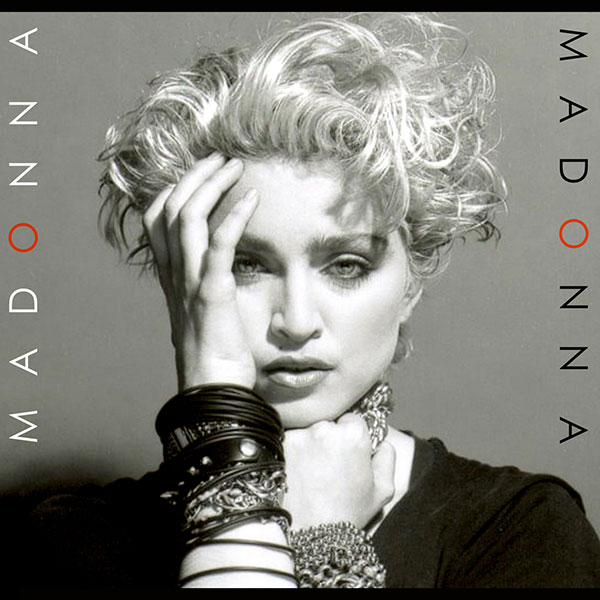
Geboren: Madonna, volledige naam Madonna Louise Veronica Ciccone Ritchie (Bay City (Michigan), 16 augustus 1958). Bijnaam: the Queen of Pop.
Michael Jackson

Geboren: Michael Joseph Jackson in Gary (Indiana) op 29 augustus 1958. Overleden 25 juni
Integrated Circuit

laboratorium opstelling
De eerste werkende geïntegreerde schakeling (IC: Integrated Circuit) werd op 12 september 1958 door Jack Kilby van Texas Instruments gepresenteerd. Elf jaar ná de uitvinding van de transistor.
Sun Ra
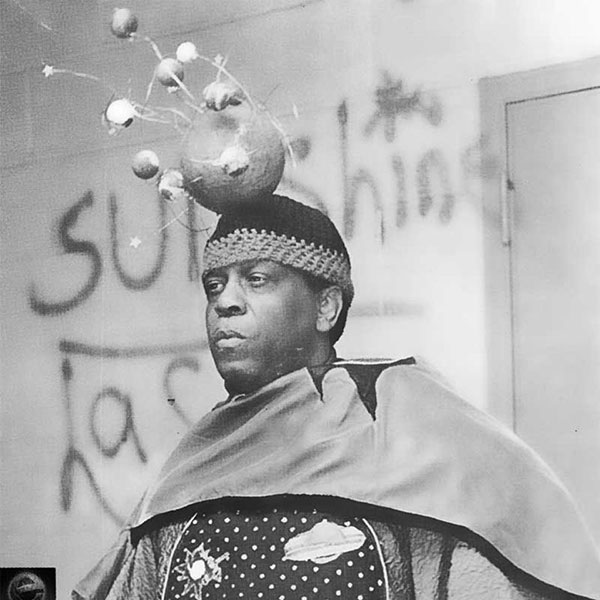
Herman 'Sonny' Poole Blount, geboren 22 mei 1914 (overleden: 30 mei 1993) in Birmingham (Alabama) gebruikt vanaf 1958 de naam Sun Ra.
John Kenneth Galbraith: The Affluent Society

Galbraith maakte korte metten met het sprookje van de 'soevereine consument' in zijn The Affluent Society [De Welvaartsstaat, 1958]. Hij constateert dat het gebrek aan de meest elementaire levensbehoeften, dat in de 19de eeuw in het Westen nog een algemeen gegeven was, dankzij de toegenomen industriële produktie tot het verleden behoort. De huidige westerse, maar vooral Amerikaanse, samenleving wordt gekarakteriseerd door een economie van overvloed aan consumptiegoederen. De produktie van consumptiegoederen is zelfs zo groot geworden, en de behoeften van de consument zijn in zodanige mate verzadigd, dat uitgebreide reclamecampagnes nodig zijn om de afzet van nieuwe produkten veilig te stellen.In tegenstelling tot de overvloed aan in de particuliere sector geproduceerde en niet altijd even nuttige comsumptiegoederen zijn de beschikbaarheid en de kwaliteit van collectieve voorzieningen als de openbare veiligheid, een schoon leefmilieu en scholen sterk achtergebleven.
Pierre Koenig's Case Study #21B: The Bailey House
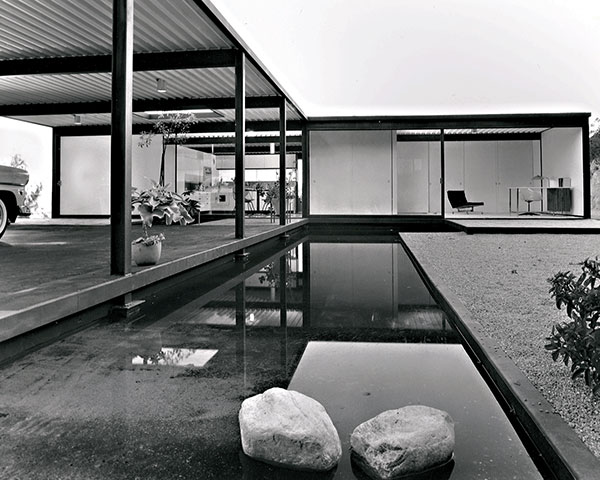
De thuiskomst van geallieerde Amerikaanse soldaten resulteerde in een gecombineerd initiatief van verschillende grote architecten (waaronder Richard Neutra, Raphael Soriano, Craig Ellwood, Charles en Ray Eames, Pierre Koenig en Eero Saarinen) genaamd the ‘case study house program', opgezet door John Entenza en gesponsord door het tijdschrift Arts and Architecture.
Het doel van Entenza was om de residentiële housing boom, een gevolg van de tweede wereldoorlog, tegen te gaan. Het programma bestond uit een catalogus van goedkope en efficiënte woningen, de ‘case study houses’.
Pierre Koenig (San Francisco (Californië), 17 oktober 1925 - Los Angeles (Californië), 4 april 2004) was een modernistisch Amerikaans architect. Hij genoot zijn opleiding aan de universiteit van Utah in Salt Lake City, aan het Pasadena City College en aan de University of Southern California in Los Angeles, waar hij zijn bachelor-diploma in architectuur behaalde. Zijn eerste woning werd in 1950 gebouwd, toen hij zelf nog studeerde.
In 1952 startte hij zijn eigen praktijk in Los Angeles. Koenig gebruikte stalen geraamtes en industriële technologie om zin eigen stijl te ontwikkelen. Belangrijke thema's in zijn architectuur zijn de natuurlijke expressie van de materialen zonder ornamenten, en het economische en efficiënte van zijn bouwwerken. Zo spendeerde hij veel aandacht aan de kostprijs van gebouwen en aan energieverbruik.
Hij was het meest bekend door zijn ontwerp van het Case Study House nummer 21 (Bailey Huis, 1956-1958) en 22 (Stahl Huis, 1960) en andere woningen met een stalen basisconstructie. Nummer 21 en 22 zijn beiden gebouwd op erg onherbergzame terreinen in de buurt van Los Angeles.
Koenig slaagde er goed in om met geprefabriceerde materialen (lichtgewicht stalen constructies) een verantwoord huis te bouwen dat modern én goedkoop was.
Isaiah Berlin: Two Concepts of Liberty
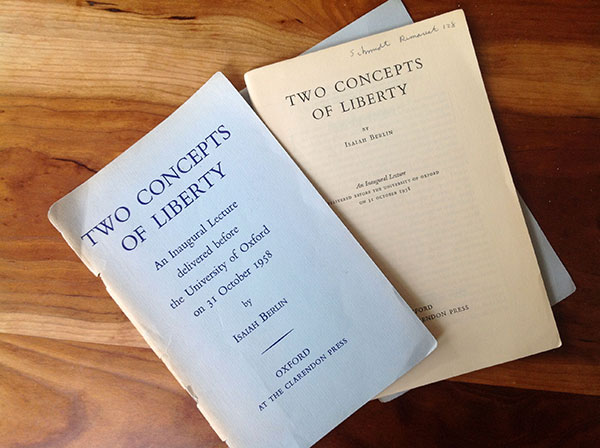
Two Concepts of Liberty was the inaugural lecture delivered by the liberal philosopher Isaiah Berlin before the University of Oxford on 31 October 1958. It was subsequently published as a 57-page pamphlet by Oxford at the Clarendon Press. It also appears in the collection of Berlin's papers entitled Four Essays on Liberty (1969) and was more recently reissued in a collection entitled simply Liberty (2002).
"Positive liberty... is a valid universal goal. I do not know why I should have been held to doubt this, or, for that matter, the further proposition, that democratic self-government is a fundamental human need, something valuable in itself, whether or not it clashes with the claims of negative liberty or of any other goal... What I am mainly concerned to establish is that, whatever may be the common ground between them, and whatever is liable to graver distortion, negative and positive liberty are not the same thing."
Isaiah Berlin, Five Essays on Liberty: An Introduction
The essay, with its analytical approach to the definition of political concepts, re-introduced the study of political philosophy to the methods of analytic philosophy. It is also one of Berlin's first expressions of his ethical ontology of value-pluralism*. Berlin defined negative liberty (as the term 'liberty' was used by Thomas Hobbes) as the absence of coercion or interference with agents' possible private actions, by an exterior social-body. He also defined it as a comparatively recent political ideal, which re-emerged in the late 17th century, after its slow and inarticulate birth in the Ancient doctrines of Antiphon the Sophist, the Cyrenaic discipleship, and of Otanes after the death of pseudo-Smerdis. In an introduction to the essay, Berlin writes:
"As for Otanes, he wished neither to rule nor to be ruled — the exact opposite of Aristotle's notion of true civic liberty... [This ideal] remains isolated and, until Epicurus, undeveloped... the notion had not explicitly emerged"
*In ethics, value pluralism (also known as ethical pluralism or moral pluralism) is the idea that there are several values which may be equally correct and fundamental, and yet in conflict with each other.